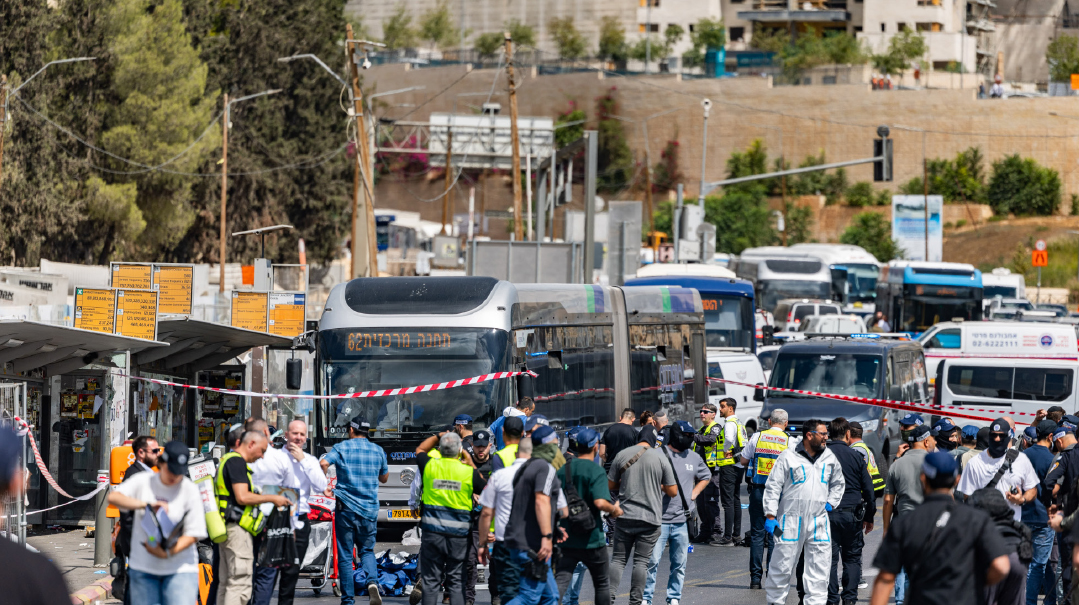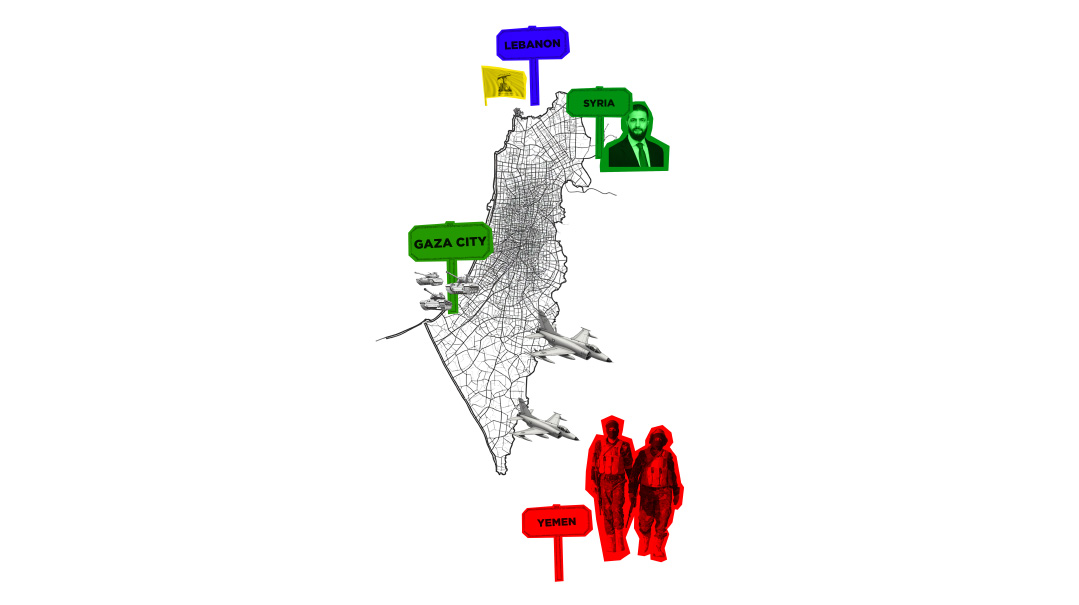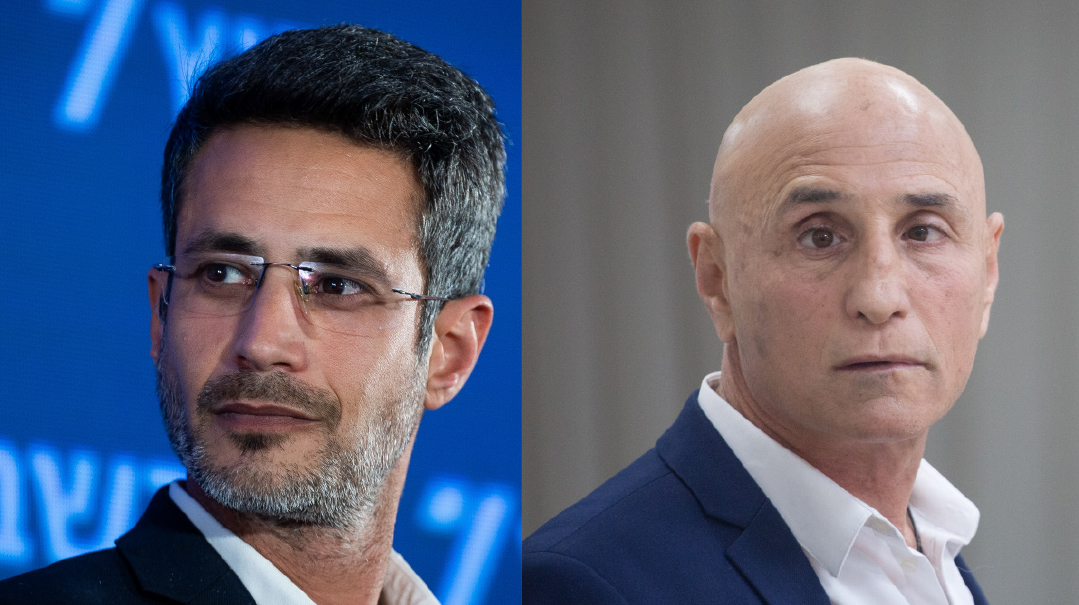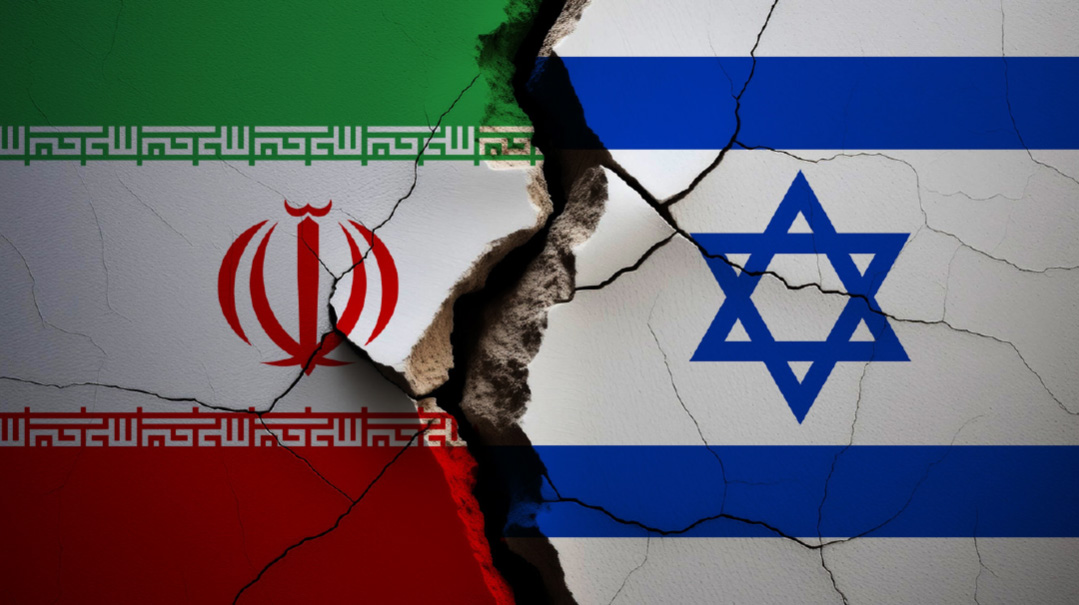Israel Hovers Between War and Peace

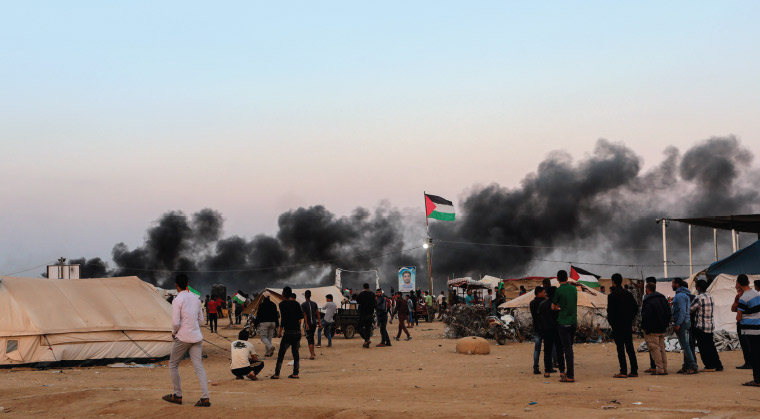
Photos: Flash90
T
he last few weeks have been among the most explosive in decades, members of the IDF general staff say, as the military, intelligence, and diplomatic corps all work together to thwart Iranian advances in Syria while holding back Hamas provocations along the Gaza border.
Israel’s overall goal, they say, is to prevent a wider regional war.
On both fronts, the tactical achievements have been impressive, but the danger remains ever present.
In the south, the protests have been a strategic failure for Hamas. According to information gathered by the IDF, the terror group that controls the Gaza Strip planned to bring at least 100,000 people to the fence and, under cover of the crowd, to have terror cells breach the fence, terrorize nearby communities, and kidnap a soldier. The IDF managed to thwart their aims by pinpointing the members of the cells among a crowd of some 50,000.
Despite Hamas’s ability to paint Israel as an aggressor in the international media, Israel’s biggest failure wasn’t its inability to defend itself in the press, but rather to publicize newsworthy endeavors, like the transfer of some of Gaza’s wounded to Israeli hospitals for care.
As with the Syrian conflict to the north, Israel has been caring for Gazans hurt in the violence at the border, with the encouragement of the IDF and Shin Bet, Israel’s internal security service. Indeed, in addition to caring for wounded Palestinians, Israel is working toward easing the economic crisis in Gaza by transferring food and mat?riel into the area, in the hope of heading off a humanitarian catastrophe.
Perhaps in response, Hamas has recently conveyed a message to Israel that it is prepared for a hudna — a long-term cease-fire — in exchange for major economic relief. In addition, over the last several months, there have been at least three initiatives — from Egypt, Qatar, and UN Special Coordinator for the Middle East Peace Process Nikolay Mladenov — on the table to bring order and relief to Gaza.
According to sources in Israel, Egypt wants to broker an agreement between Hamas and Fatah, expand the role of the Palestinian Authority, and disarm Hamas. Qatar’s suggestion includes the formation of a committee of experts who will manage Gaza and bring international organizations on board to supervise the process. Mladenov is trying to arrange a new regional forum that will include Israel, Egypt, Fatah, and the United Nations, with the aim of spearheading an initiative to bring long-term economic aid to Gaza.
But Israeli officials say the gaps between it and Hamas are too wide to bridge at the moment. Israel fears the formation of a Hezbollah model in the Gaza Strip, where Hamas serves as the military arm while the PA serves as the government. Israel also doubts the effectiveness of international monitors to disarm terror groups, with Hezbollah in the north as a prime example.
Meanwhile, last week the month of Ramadan started, a time that has meant violent riots in Gaza, Judea, and Samaria over the last decade. This year, however, the Israeli military is noting a change in posture. Speaking from the Kalandia Crossing near Ramallah last Friday afternoon, Binyamin Brigade Commander Col. Yuval Gez told me the Palestinians were making an effort to keep the crossing quiet during their holy month.
“I can only hope that the quiet continues,” he said. (Originally featured in Mishpacha, Issue 711)
Oops! We could not locate your form.







